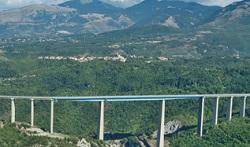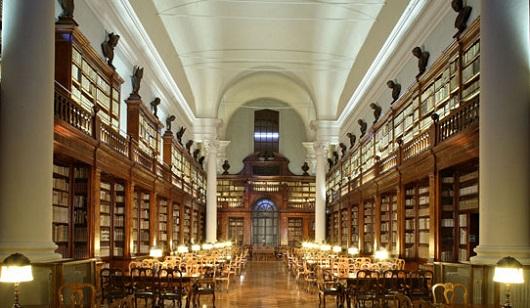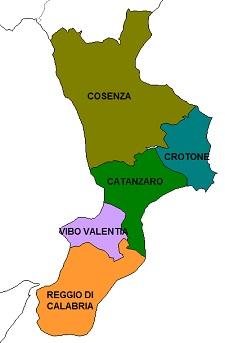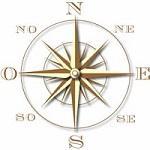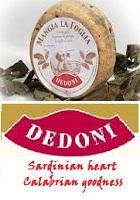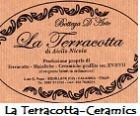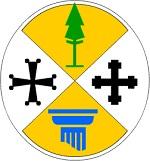 Washed by two seas, the Ionian and the Tyrrhenian and fringed by an extraordinarily beautiful coastline with pure white beaches and jagged cliffs dotted with grottos, Calabria can justly be called mountainous , with its imposing mounts Pollino, Sila and Aspromonte. Washed by two seas, the Ionian and the Tyrrhenian and fringed by an extraordinarily beautiful coastline with pure white beaches and jagged cliffs dotted with grottos, Calabria can justly be called mountainous , with its imposing mounts Pollino, Sila and Aspromonte.
But at the same time , it is a region of fertile plains, especially Sibari, Gioia Tauro and Sant'Eufemia. A land of sun and sea , but its higher elevations may be blanked by with snow during the winter.
It is a Mediterranean region, but has dense woods. So even in geographical terms , it is immediately clear that it is practically impossible to definitely describe Calabria.
A fascinating land that over the centuries has attracted people and conquerors from a wide variety of places.
Historical notes
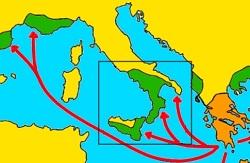 It has been said that Calabria wrote a chapter in world history with the arrival of the first Greek colonies (8th century BC). It has been said that Calabria wrote a chapter in world history with the arrival of the first Greek colonies (8th century BC).
Indeed the founding of Locri, Crotone, Sibari, Reggio, Caulonia, and many other minor colonies on the Tyrrhenian coast marked the birth of a great civilization whose grandeur is clearly evident in the numerous finds kept throughout the territory in various museums and in the Archeological Museum of Reggio Calabria in particular.
The Magna Graecia civilization experienced its greatest development around the 3rd century BC, producing men known throughout the world such as Pythagoras, Milo, Zaleucus, Nosside, Timeo , Ibico and others.
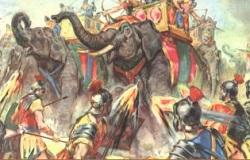 The end of this "golden age" coincided with the victory of Pyrrhus in 275 BC and the arrival of the Romans. The end of this "golden age" coincided with the victory of Pyrrhus in 275 BC and the arrival of the Romans.
Left are few traces of Roman rule.
The Capua-Reggio road was built in 132 BC and efforts were made to improve the Calabrian road network toward Sicily.
By the Middle Ages, the Byzantine and Goths had spread Christianity to the area. The Byzantine (535) had a profound effect on Calabrese culture, creating an evocative corner of the Orient, particularly along the Calabria Ionian coast.
This period witnessed the revival of important centers such as Rossano, Santa Severina, Stilo and Gerace which today houses treasures and works of art and are noted for their fascinating architecture.
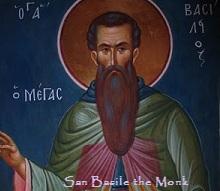 The 6th and 7th centuries witnessed the arrival of the so called Basilians, monks from Asia Minor, fleeing from Muslim persecution. The 6th and 7th centuries witnessed the arrival of the so called Basilians, monks from Asia Minor, fleeing from Muslim persecution.
The Basilians have the merit of having saved manuscripts, sacred images, works of art and having preserved the Greek-Byzantine tradition.
They often lived in caves and concealed dwellings hidden from the Muslims who, while not occupying the region, terrorized coastal villages with sudden and bloody raids.
between 1960 and 1970 , although decisive for regional unity, was to become a symbol of an inept and corrupt Government.
It was the big construction companies from the north who really benefited from such program.
Also decisive was the the founding of the University of Calabria at Cosenza and the Faculty of Architecture at Reggio together with the most important factor, the beginning of the political and administrative activity of the Regional body.
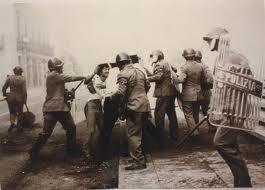 In 1970 these events were overshadowed by the revolt in Reggio di Calabria following the nomination of Catanzaro as the administrative centre of the region, although it was actually the consequence of more concrete and long standing reasons affecting all Calabresi: chronic unemployment and therefore the lack of future prospective. In 1970 these events were overshadowed by the revolt in Reggio di Calabria following the nomination of Catanzaro as the administrative centre of the region, although it was actually the consequence of more concrete and long standing reasons affecting all Calabresi: chronic unemployment and therefore the lack of future prospective.
The deaths and the intervention of the army during those days confirmed the failure of the policies of the political parties. |
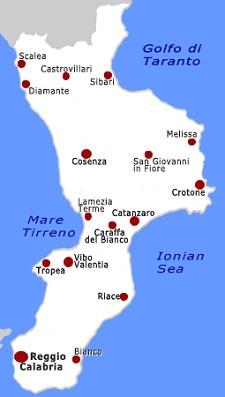
Calabria was first settled by Italic Oscan-speaking tribes.
Two of these tribes were the Oenotrians (roughly translated into the "vine-cultivators") and the Itali.
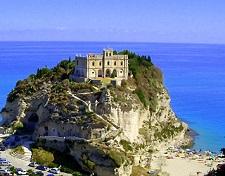
Greek contact with the latter resulted in Calabria taking the name of the tribe and was the first region to be called Italy (Italia).
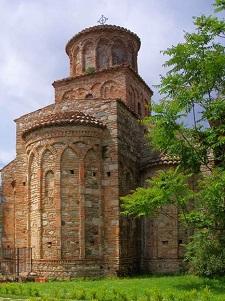
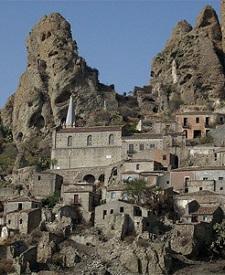
Greeks settled heavily along the coast at an early date and several of their settlements, including the first Italian city called Rhégium (Reggio di Calabria), and the next ones Sybaris, Kroton (Crotone), a settlement where the mathematician Pythagoras later resided, and Locri, were numbered among the leading cities of Magna Graecia during the 6th and 5th centuries BC.
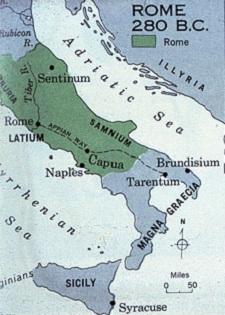
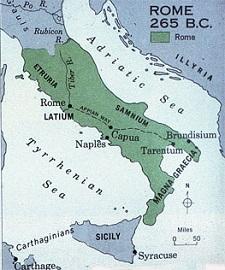 Bronzes of Riaci
Bronzes of Riaci
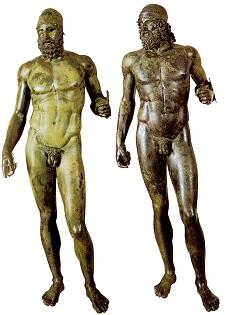 Pinax in terracotta.
Pinax in terracotta.
Locri Museum
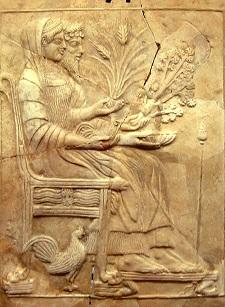 Necropili Lucifero
Necropili Lucifero
Side A & B
Locri Museum
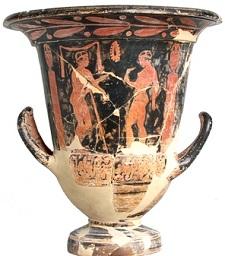
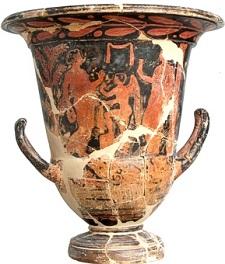
Albidona Tower
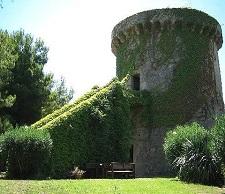
Fiuzza Tower
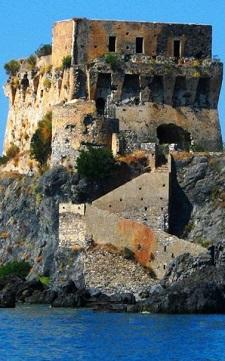
Villa Caristo
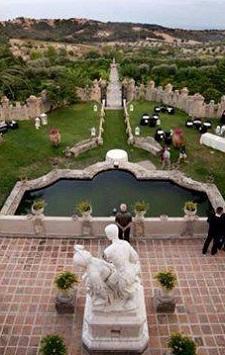
Razzona Castle
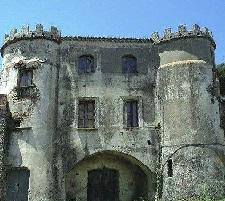
Hermitage
Santa Maria della Stella
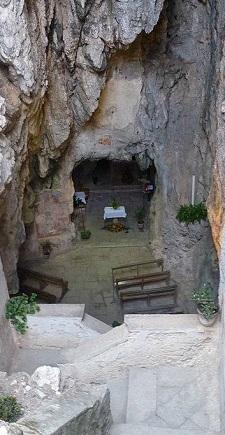
La Castella
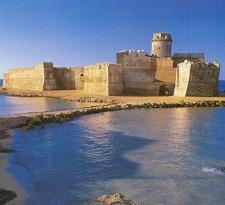
The primary languages of the Calabria region are standard Italian and many regional varieties of the Italo-Dalmatian group collectively known as Calabrian (Italian: calabrese).
In addition, there is a significant Calabrian version of the Griko language and pockets of Occitan and Arbëresh.
Central and
Southern Calabrian:
The areas where Central - Southern Calabrian (calabbrìsi) is spoken corresponds generally to the provinces of Reggio Calabria, Vibo Valentia, Catanzaro and the southern part of Crotone (Crotone, Isola di Capo Rizzuto, Cutro and vicinity).
Southern and Central Calabria dialects are strongly influenced by a Greek substratum and ensuing levels of Latin influence and other external Southern Italian dialects in part hindered by geography, resulted in the many local variations found between the idioms of Calabria.
Nonetheless, the dialects have a rich and varied influence from other languages, thanks to the domination and influx of different cultures. As a result French, and, to a lesser extent, Spanish have left a strong imprint.
|


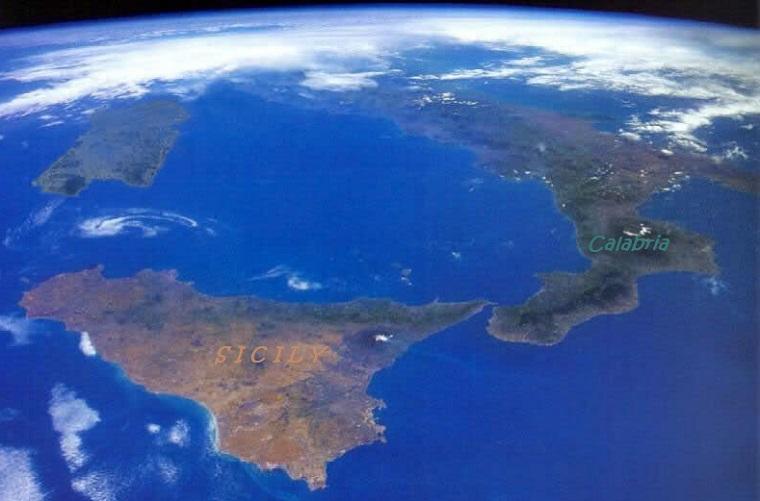
 Washed by two seas, the Ionian and the Tyrrhenian and fringed by an extraordinarily beautiful coastline with pure white beaches and jagged cliffs dotted with grottos, Calabria can justly be called mountainous , with its imposing mounts Pollino, Sila and Aspromonte.
Washed by two seas, the Ionian and the Tyrrhenian and fringed by an extraordinarily beautiful coastline with pure white beaches and jagged cliffs dotted with grottos, Calabria can justly be called mountainous , with its imposing mounts Pollino, Sila and Aspromonte.  It has been said that Calabria wrote a chapter in world history with the arrival of the first Greek colonies (8th century BC).
It has been said that Calabria wrote a chapter in world history with the arrival of the first Greek colonies (8th century BC).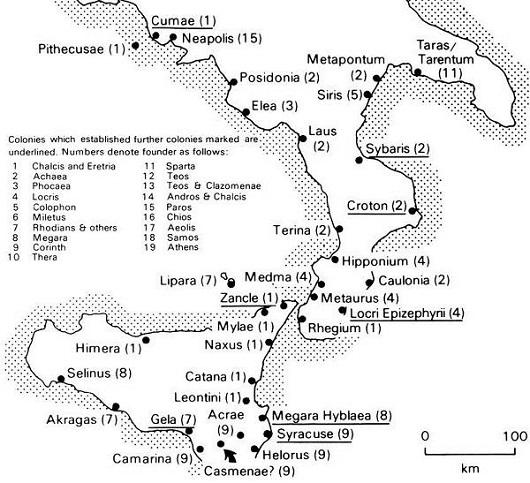
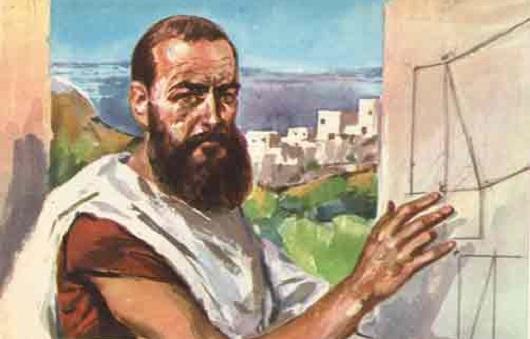
 The end of this "golden age" coincided with the victory of Pyrrhus in 275 BC and the arrival of the Romans.
The end of this "golden age" coincided with the victory of Pyrrhus in 275 BC and the arrival of the Romans.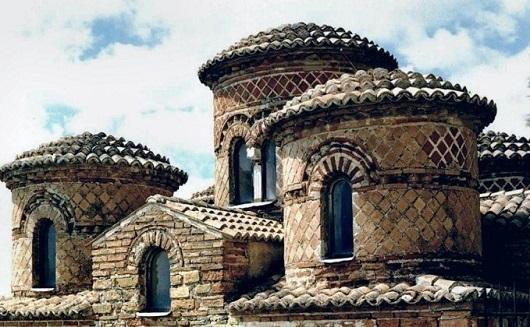
 The 6th and 7th centuries witnessed the arrival of the so called Basilians, monks from Asia Minor, fleeing from Muslim persecution.
The 6th and 7th centuries witnessed the arrival of the so called Basilians, monks from Asia Minor, fleeing from Muslim persecution.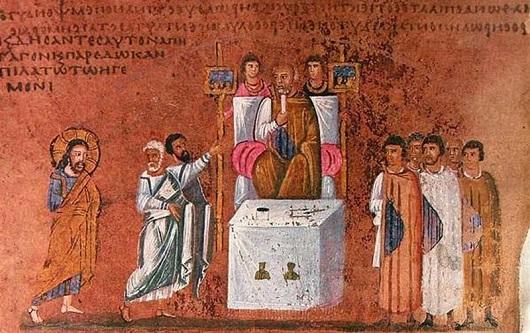
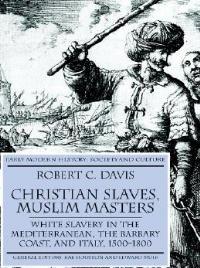
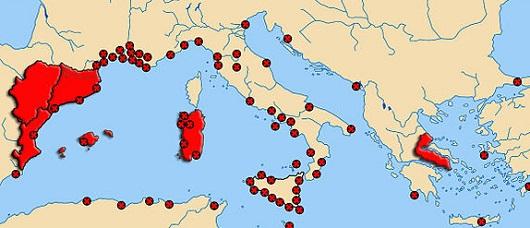
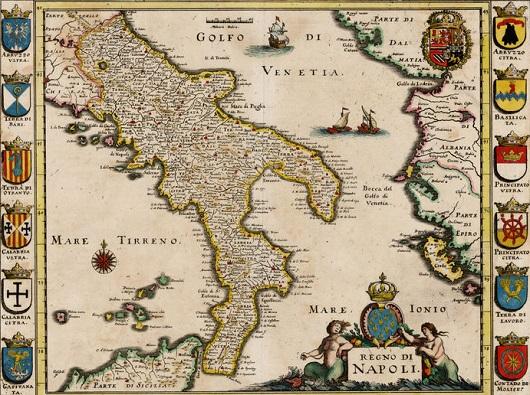
 Italy Unification : The secret Carbonari political society spread everywhere. However, the idea of "unity" was to bring further disappointment for Calabresi and South Italy in general.
Italy Unification : The secret Carbonari political society spread everywhere. However, the idea of "unity" was to bring further disappointment for Calabresi and South Italy in general. 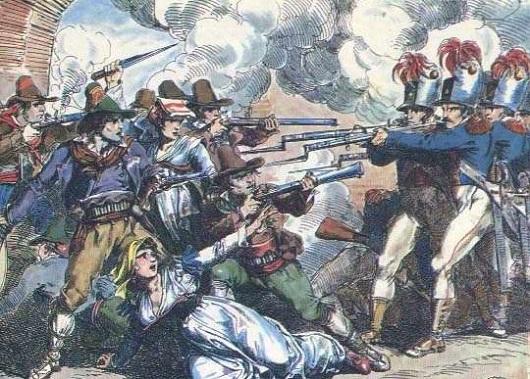
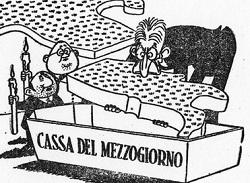 State until the 1950s when the Cassa per il Mezzoggiorno initiated a development program for the South which was to have inconsistent results in the following decades.
State until the 1950s when the Cassa per il Mezzoggiorno initiated a development program for the South which was to have inconsistent results in the following decades.